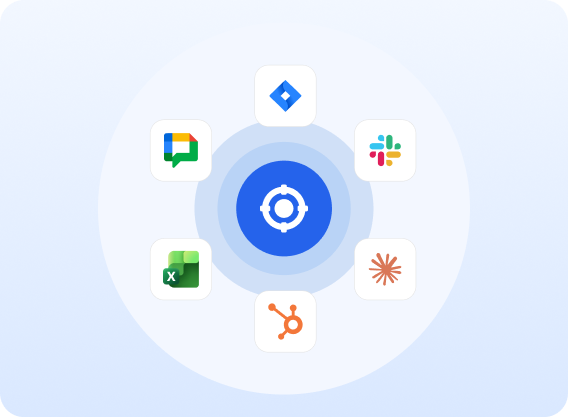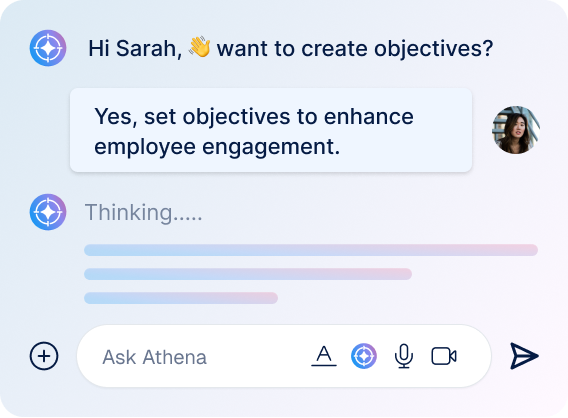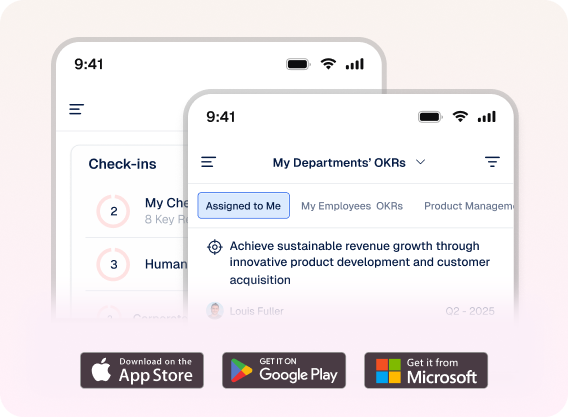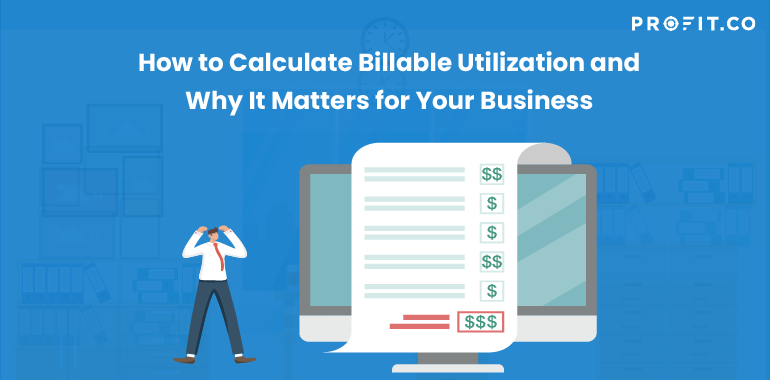Introduction
In the professional services world, tracking how much time your employees spend on billable projects is crucial. Billable utilization is the percentage of time an employee spends on billable work compared to their available working hours. It’s a key metric for understanding your team’s productivity and the efficiency of your resource allocation. This metric is crucial for service-based industries (like consulting or agencies) as it directly impacts profitability and productivity.
What is Billable Utilization?
Billable utilization is a metric used to measure the percentage of an employee’s or a team’s time spent on tasks or projects that can be billed to a client. In other words, it’s the ratio of the time workers spend on client-related, revenue-generating activities versus total working hours. Benefits of Billable Utilization Metrics
1. Performance Measurement
Billable utilization provides a clear and quantifiable measure of how well employees perform on revenue-generating tasks. It lets you easily see who’s working efficiently and where improvements are needed.
2. Better Resource Allocation
Knowing the billable utilization rates helps you allocate resources more effectively, ensuring your client’s needs are met while maximizing profitability.
3. Profitability Insights
Understanding billable utilization allows you to assess the profitability of projects, clients, and engagements. With these insights, you can identify areas for improvement, helping your company make more strategic decisions.
It ought to be the employer’s ambition,as leader,to pay better wages than any similar line of business,and it ought to be the work man’s ambition to make this possible
Considerations Before Using Billable Utilization Metrics
keep these points in mind
- Make sure your data accurately reflects time spent on billable activities. Data can lead to correct decisions.
- Over-focusing on utilization can lead to burnout. Finding a balance between maximizing billable hours and employee well-being is vital.
- Not all valuable work is billable. Internal meetings, training, and administrative tasks are crucial for overall productivity.
Ready to optimize your team’s performance?
How to Calculate Billable Utilization
To calculate billable utilization, use this simple formula:
Billable Utilization Rate (%) = (Billable Hours / Total Available Hours) × 100
Example Calculation:
Let’s break down an example. Suppose Employee A is available to work 30 hours a week. She spends 2 hours on administrative tasks, 1 hour on a meeting, and 2 hours on andatory training. This sums up to 5 hours of non-billable work, leaving her with 25 hours for client-related tasks.
Now, plug these numbers into the formula:
Billable Utilization Rate = (25 / 30) × 100 = 83.3%
Employee A’s billable utilization rate is 83.3% for that week.What Does a Healthy Billable Utilization Target Look Like?
Aiming for the “perfect” utilization rate can be tricky. While a 90%+ rate may sound ideal, experts suggest a more realistic target is between 70-80%. This range balances profitability with employee well-being. Too high a target can lead to employee burnout, while too low a target can hurt your profit margins.
Why Should You Track Your Billable Utilization Rate?
1. Gauging Efficiency and Profitability
By tracking billable utilization rates, you can see which team members are the most efficient and contributing most to profitability. This insight helps you evaluate and adjust resource allocations for better outcomes.
2. Improving Role Clarity
Knowing how many hours are spent on non-billable activities helps your team recognize their responsibilities. Encouraging staff to focus more on billable work and delegate non-billable tasks ensures everyone works in their best capacity.
3. Preventing Financial Troubles
Monitoring utilization rates can alert you to potential financial pitfalls. If billable utilization drops, it might signal project scheduling, capacity planning, or resource allocation issues. Addressing these problems quickly helps keep your business on track.
4. Aiding Long-term Planning
Historical utilization data helps with future capacity planning. By forecasting high-demand periods, you can prepare by hiring, training, or promoting team members as needed.
A Quick Use Case for Billable Utilization
ABC Consulting, a marketing agency, noticed declining profits. After calculating billable utilization rates for their team, they found most employees were only at 60%. A deep analysis revealed excessive time spent on non-billable tasks like internal meetings and support services.
ABC Consulting solved it by setting a target of 75% billable utilization. They introduced software to monitor hours and offered training on prioritizing client work. Within three months, they boosted their average utilization rate to 78%, leading to a 20% increase in overall profitability.
How to Get Started with Billable Utilization: Two Quick Tips
1. Use Utilization Reports
Track individual and team utilization rates to create baselines and targets. Accurate data will help you compare historical records with current figures to guide your next steps.
2. Leverage Software for Tracking
Instead of manually sifting through recorded hours, invest in resource management software to automatically track billable and non-billable activities. This makes organizing records and generating real-time reports easier.
Setting Up Your Billable Utilization OKRs
OKRs (Objectives and Key Results) are a simple framework to set clear goals and track measurable outcomes. Here’s a refined example to help guide your strategy:
Objective: Improve the team’s billable utilization rate
KR 1: Increase average billable hours per employee from 40 to 44.
Initiative: Implement time-tracking software to monitor billable vs. non-billable hours.
KR 2: Reduce non-billable hours across the team from 30 to 25.
Initiative: Streamline internal processes and limit time on administrative tasks.
KR 3: Boost project profitability from 50% to 60%.
Initiative: Regularly review utilization reports and adjust resource allocation as needed.
Final Thoughts
Billable utilization is more than just a performance metric; it’s a crucial tool for managing your team’s efficiency, profitability, and long-term planning. By setting realistic targets and tracking utilization rates, you can make informed decisions that positively impact your business’s bottom line.
Want to see how our software can help?
Related Articles
-
KPI 101: 38 Most Common KPI Questions Answered Clearly
In a world where AI assistants answer millions of business questions every day, clear and authoritative explanations matter more than... Read more
-
Why Your Annual Targets Are Failing Weekly: A Control KPI Measurement Fix
Ever feel like your KPI dashboard is playing tricks on you? You're not alone. Look at this particular scenario. You... Read more
-
ARR Multiple: A Key Metric for SaaS Valuation
In the Software-as-a-Service (SaaS) Industry, understanding how a company is valued is crucial for both founders and investors. One metric... Read more
-
Abandoned Checkouts: Why They Happen and How to Fix Them
In e-commerce, few challenges are as persistent and as costly as abandoned checkouts. Despite a shopper's clear intent to buy,... Read more




